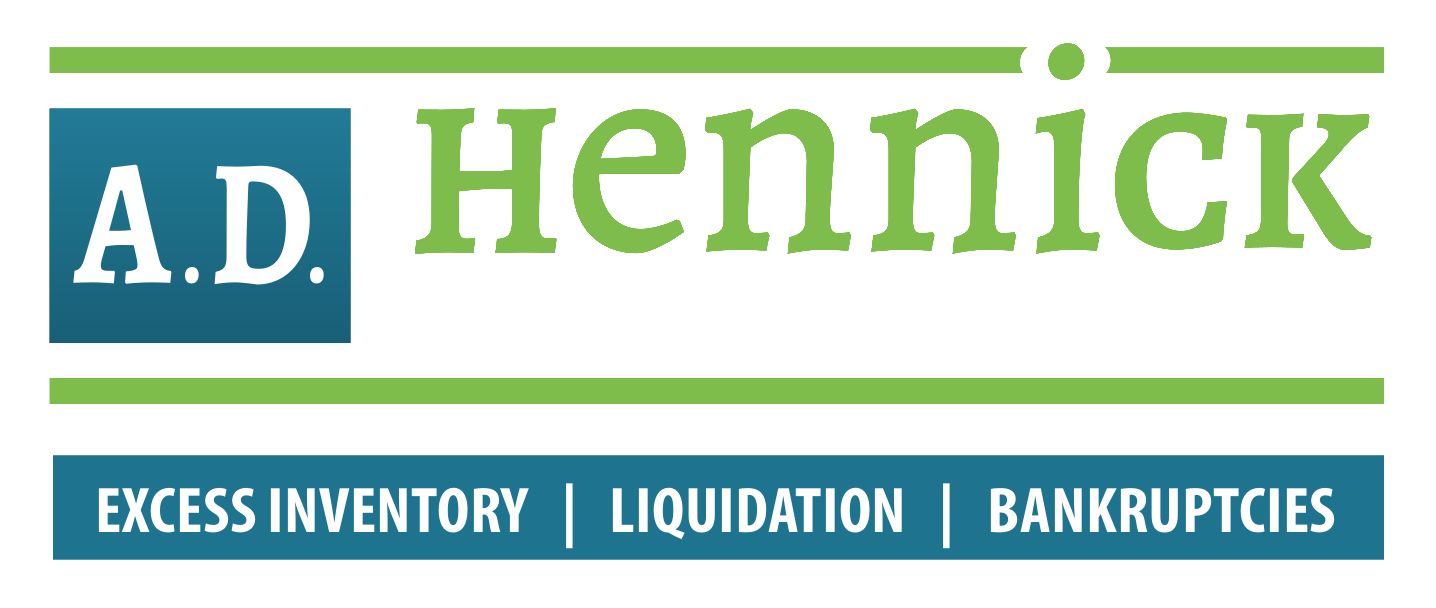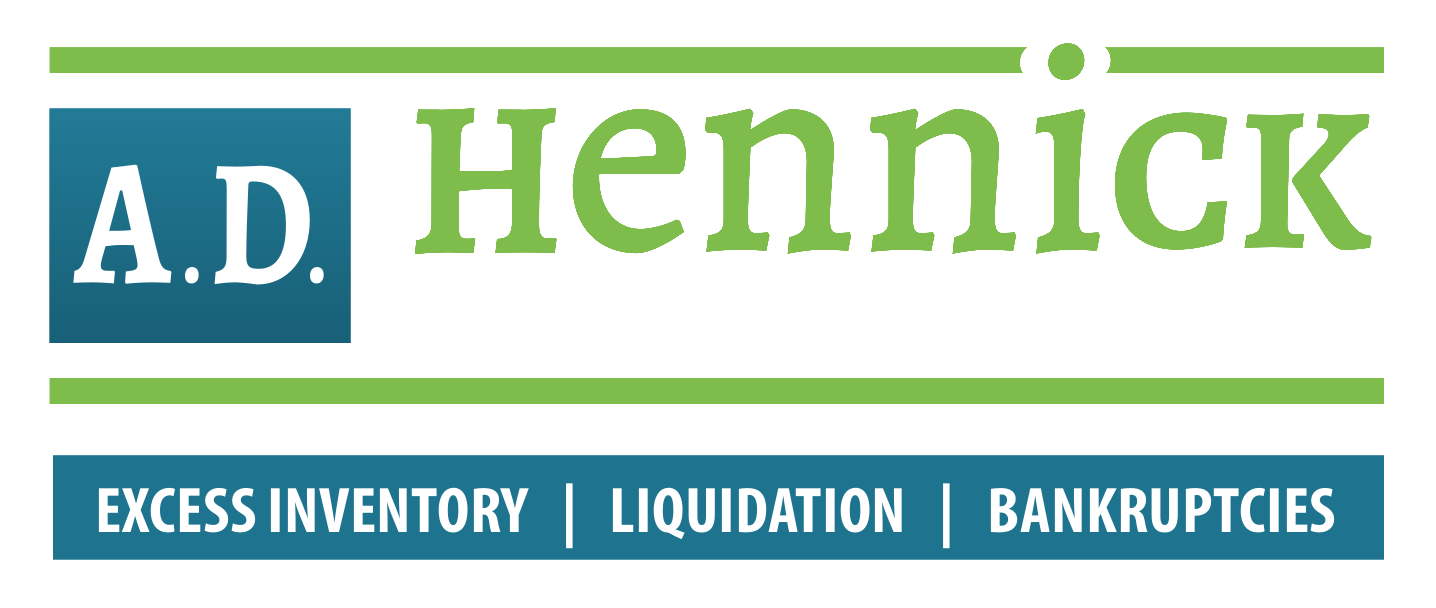Aspects of Day-to-Day Business That May Drive Up the “Cost” of Inventory
As a manufacturer, distributor, or retailer – in any facet of business really – it is crucial that you “know your numbers”.
You know your direct costs such as inventory and staffing, but have you ever stopped to think about the carrying costs of sitting on slow-moving inventory? Here are a few factors that may affect your cost of inventory indirectly:
Warehousing / Carrying Costs of Storage
Always be mindful that you pay for the space you rent. This may seem like common sense but you would be surprised how often this is overlooked.
“It’s not costing me anything because it’s just sitting on the shelf barely taking up any space”.
There is a direct correlation between the length of time inventory sits in a warehouse and the subsequent cost of that inventory. In the simplest terms/example – If your monthly rent is $1000 and your inventory takes up half your space, this inventory is costing you an additional $500 for every month it sits on the shelves or in storage.
Returned Inventory
Defects and customer returns can account for up to 20% of your overall sales. The most successful companies forecast their demand, and return rate and use this information to calculate the true carrying cost of your inventory.
i.e. If you have a product with a selling price of $100 retail, with a cost of $50 and a return rate of 15%. After returns, your true cost per product will be $57.50 (“true” cost is over 10% higher than the original cost)
Keep in mind this doesn’t include the additional costs of processing, storing, and/or disposing of these products once they’re returned.
Demand Forecasting and Value Depreciation (Demand Forecasting and Excess Inventory?)
Depending on factors in the market, competitors, and product fads, the height of demand and value of inventory can change very quickly.
“Value isn’t necessarily what you paid, but what your customer is willing to pay.”
Today It has become even more evident that trends cool off as quickly as they heat up. What is your true cost of inventory if you forecast incorrectly (order more than you anticipate and are unable to sell it), and what is the true value of your inventory if it’s no longer in demand?
I.e. In the height of popularity, fidget spinners may have sold for upwards of $15 but it would be fair to say they are in less demand and hold far less value in today’s market.
A more recent trend has been the resale of PPE (Personal Protective Equipment). As Covid-19 cases worldwide began to increase, so too did the worldwide demand for PPE. But as supply increased and demand died down, companies’ bottom lines were affected:
“ In its second-quarter earnings report…MSC Industrial Supply said it wrote down roughly $30 million worth of excess PPE, which hurt gross profit margin by approximately 390 basis points year-over-year.* ”
External Threats and Unforeseen Costs
Aspects of the unknown and unforeseen include, but are not limited to, currency exchange rates, fuel and shipping costs, and raw materials shortages.
We are experiencing these threats and watching them unfold first-hand due to Covid-19 and the worldwide pandemic. Global shortages have left all types of businesses (from manufacturing to retail) in a position where a fixed cost pre-pandemic is no longer a fixed cost (has become spot-market-pricing.)
For example, where you may have accounted for $5,000 for an ocean container before the pandemic, current demand is seeing that same container cost as much as 500% more! How would this increase affect the price of your inventory?
We always encourage clients and business partners to “know your numbers”. It’s very easy to state that the numbers are good, but until you dive into the fine details and get a full picture of what your costs truly are, your numbers will rarely be accurate.


